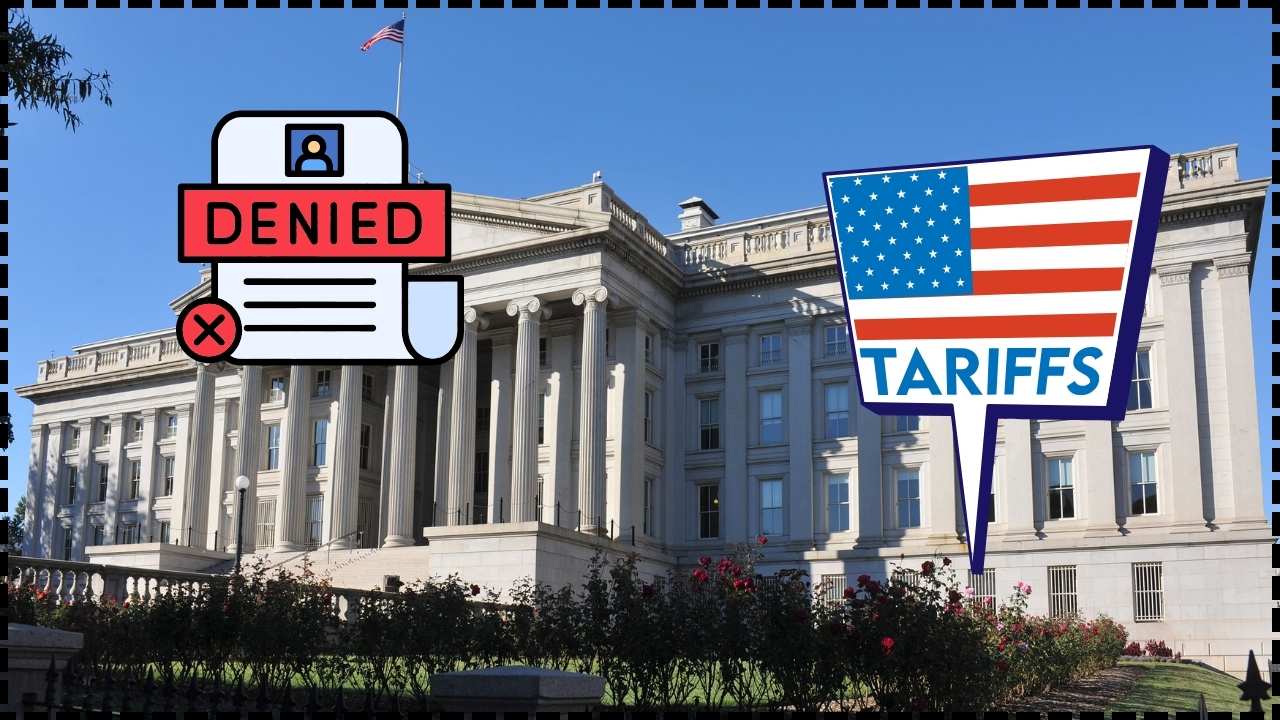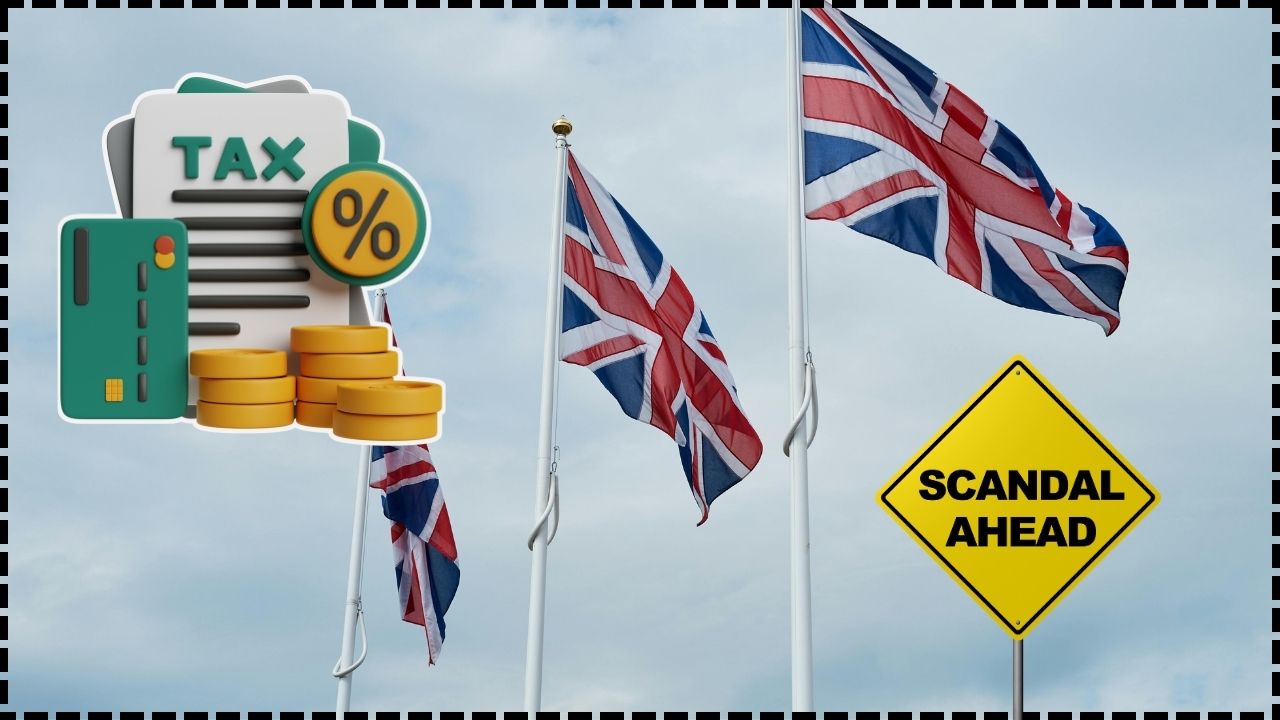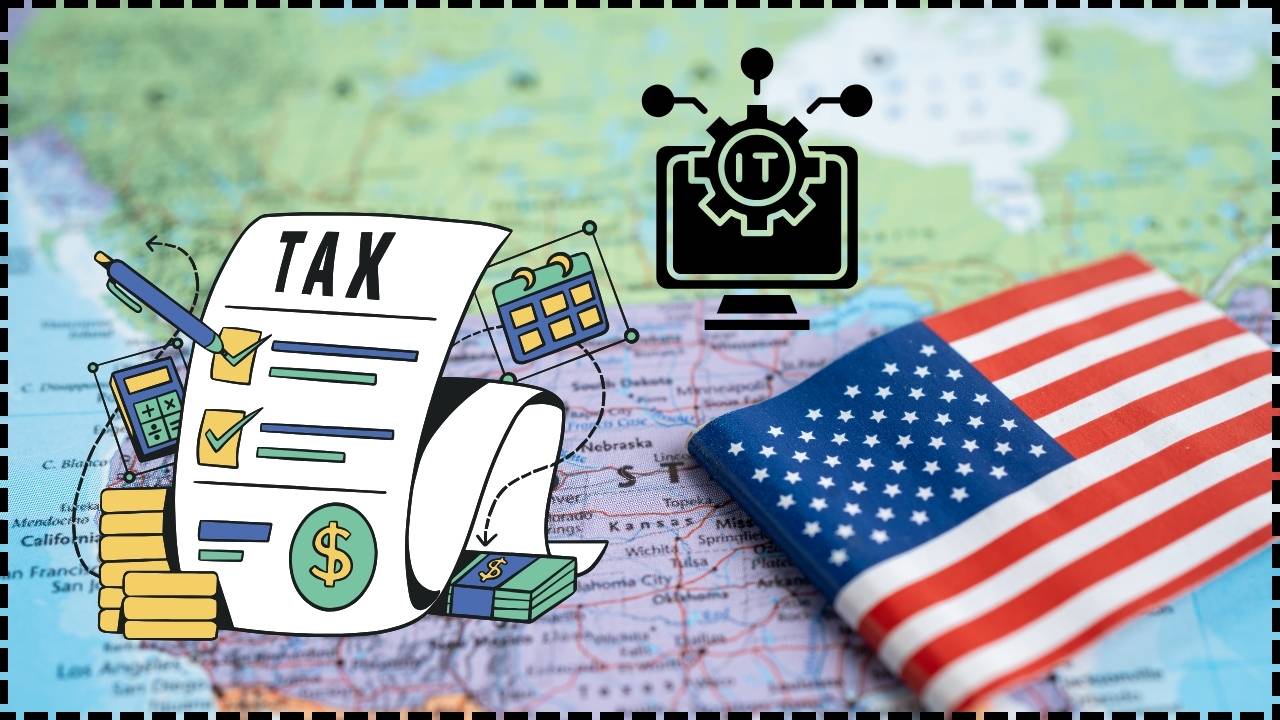LTCG Now Eligible for Section 87A Rebate: The Income Tax Appellate Tribunal (ITAT) Chennai has made a landmark ruling that’s turning heads in the Indian tax world: “After STCG ruling, LTCG now eligible for Section 87A rebate.” If you’re wondering what that means, you’re not alone. But whether you’re a working professional, investor, or just trying to figure out your taxes, this ruling could mean real money back in your pocket. Let’s break it down together—with a good ol’ fashioned deep dive, some straight talk, and practical steps you can use right now.
LTCG Now Eligible for Section 87A Rebate
This ITAT Chennai ruling is a huge relief and potentially a game-changer for Indian taxpayers. If you’ve kept your total income within ₹7 lakh for AY 2024–25, you are eligible for the rebate — no matter if part of your earnings come from capital gains. But this window closes with the next assessment year. So act fast, file smart, and don’t let technical glitches steal your rightful refund.
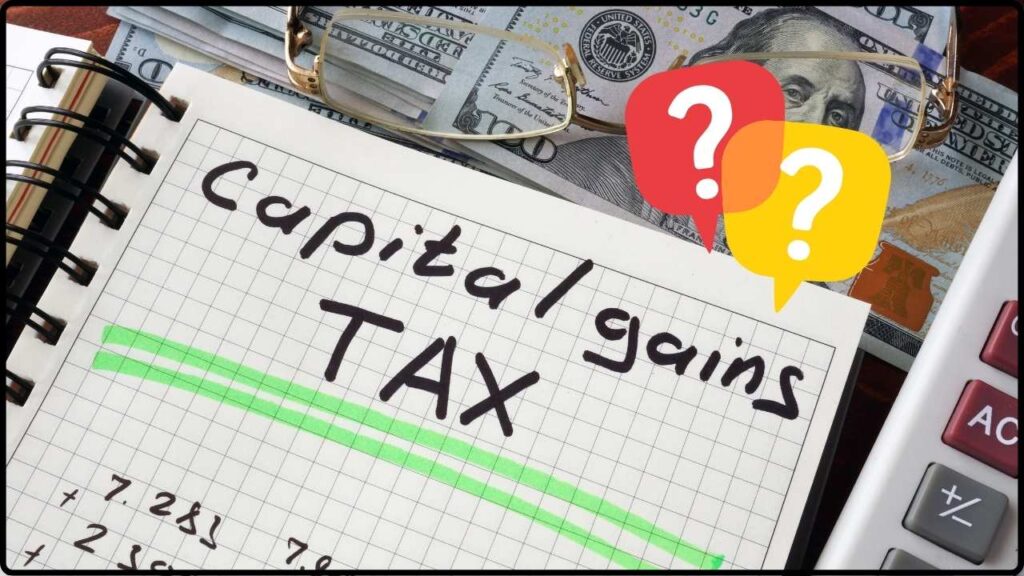
| Topic | Summary |
|---|---|
| Ruling Authority | Income Tax Appellate Tribunal (ITAT), Chennai Bench |
| Date of Ruling | August 20, 2025 |
| Impact | Long-Term Capital Gains (LTCG) now eligible for Section 87A rebate for Assessment Year 2024–25 |
| Rebate Limit | Tax rebate available up to ₹87,500 if total income ≤ ₹7 lakh |
| Previous Ruling | ITAT Ahmedabad ruled similar benefit for Short-Term Capital Gains (STCG) on August 12, 2025 |
| Notable Case | Venkatraman vs Income Tax Dept, AY 2024–25 |
| Important Stat | Over 4 crore taxpayers filed under new tax regime in FY 2023–24 |
| Official Website | Income Tax India |
What Exactly Happened?
The ITAT Chennai ruled that Long-Term Capital Gains (LTCG) are now eligible for the Section 87A rebate — as long as your total income is within ₹7 lakh (under the new tax regime).
Earlier, tax systems like the ITR utility and CPC (Centralized Processing Center) used to auto-deny rebates on income from LTCG or STCG, because they’re taxed at special rates. But the Income Tax Act never explicitly prohibited rebates on such income. That’s what the ITAT has now clarified.
Real-Life Example:
Imagine a salaried professional named Priya who earned ₹2.5 lakh in salary and ₹2 lakh from stock investments (LTCG). Her total income is ₹4.5 lakh. Under this ruling, she’s now eligible for the full ₹87,500 rebate under Section 87A.
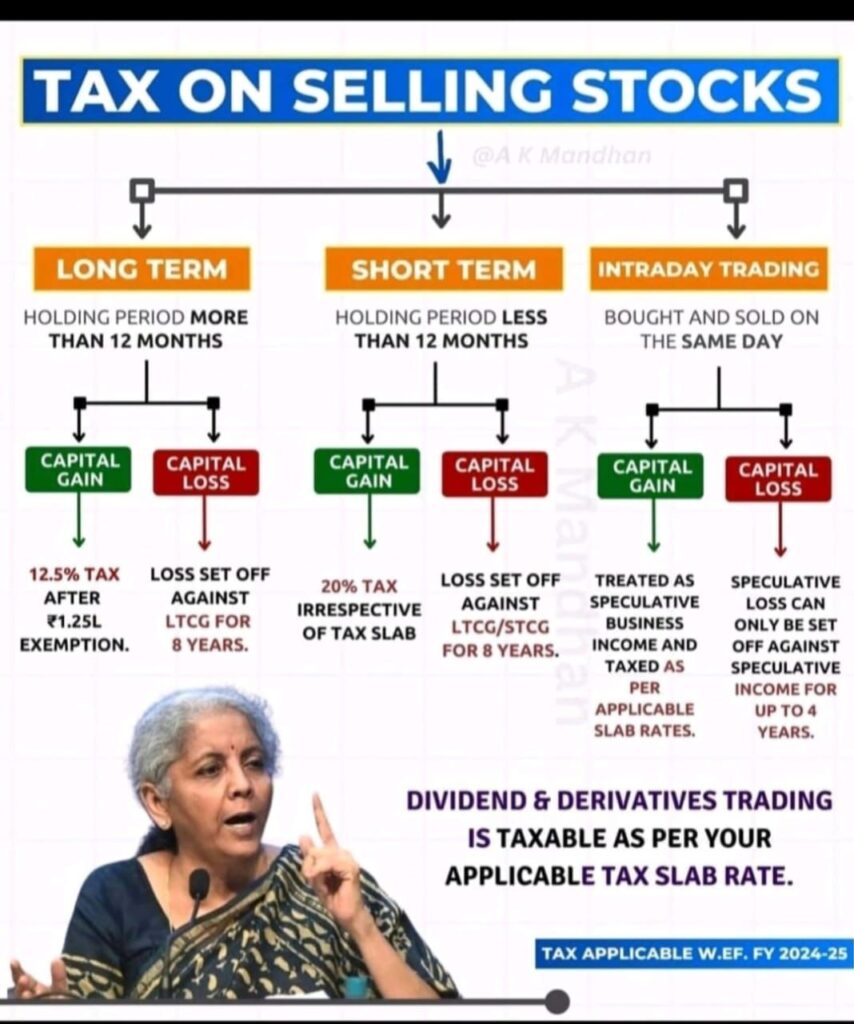
Why Is LTCG Now Eligible for Section 87A Rebate a Big Deal?
This ruling is not just legal jargon — it could save taxpayers thousands of rupees in income tax. Here’s why it matters:
- Section 87A provides a rebate of up to ₹12,500 (₹87,500 under the new regime) if the total income does not exceed ₹7 lakh.
- Previously, any income under “special rate” tax slabs (like LTCG at 10% or STCG at 15%) was not allowed to be reduced by this rebate.
- But now, ITAT confirms that rebate applies to total income, regardless of how the income is taxed.
This means salaried folks with modest stock market investments now have an easier and fairer tax structure to deal with.
Who Can Benefit?
Salaried Individuals
If your income is made up of salary and capital gains — and stays below ₹7 lakh — you qualify under the new interpretation.
Stock Market Investors
You may be earning through long-term mutual funds or shares held over a year. The 10% LTCG tax won’t automatically disqualify you from claiming the rebate anymore.
Freelancers, Side-Hustlers
People with multiple income sources (consulting, content creation, gig work) who also dabble in the market — you’re in the mix.
Pensioners & Senior Citizens
Even retirees earning from fixed deposits, annuities, or market-linked instruments can benefit if their income remains under the rebate cap.

Legal Timeline and Background
To understand the significance, here’s how we got here:
- August 12, 2025: ITAT Ahmedabad ruled that Short-Term Capital Gains (STCG) under Section 111A are eligible for Section 87A rebate.
- August 20, 2025: ITAT Chennai extended the same logic to Long-Term Capital Gains (LTCG).
- Both benches emphasized the absence of any explicit exclusion in the law and aligned with the Bombay High Court ruling (Rajiv G Shah vs ITO) in 2022.
- However, Finance Act 2025, applicable for AY 2025–26 and onwards, has amended the law to explicitly exclude special-rate incomes from rebate eligibility.
So, AY 2024–25 is the last window to legally benefit from this ruling unless new appeals change the law again.
Step-by-Step: How to Claim LTCG Now Eligible for Section 87A Rebate(AY 2024–25)
Step 1: Calculate Your Gross Total Income
Include all sources:
- Salary
- Interest from savings or FDs
- Short-Term Capital Gains
- Long-Term Capital Gains
- Freelancing or professional income
Ensure your net total income (after standard deduction) doesn’t exceed ₹7 lakh.
Step 2: Pick the Right ITR Form
Use ITR-2 (or ITR-3 for business income) if you have capital gains. The basic ITR-1 is not designed for STCG or LTCG income.
Step 3: Opt for New Regime (Optional)
The ₹87,500 rebate applies only under the new tax regime. If you opt for old regime, the rebate limit is just ₹12,500 and subject to different slabs.
Step 4: Manually Input the Rebate
Most ITR utilities may not auto-apply the rebate if they detect special-rate income. Manually claim the rebate in the relevant section.
Step 5: Keep Documents Handy
- Capital gains statements (from your broker or AMC)
- Form 16 or salary slips
- Interest certificates
- Form 26AS
These support your claims in case of future scrutiny.
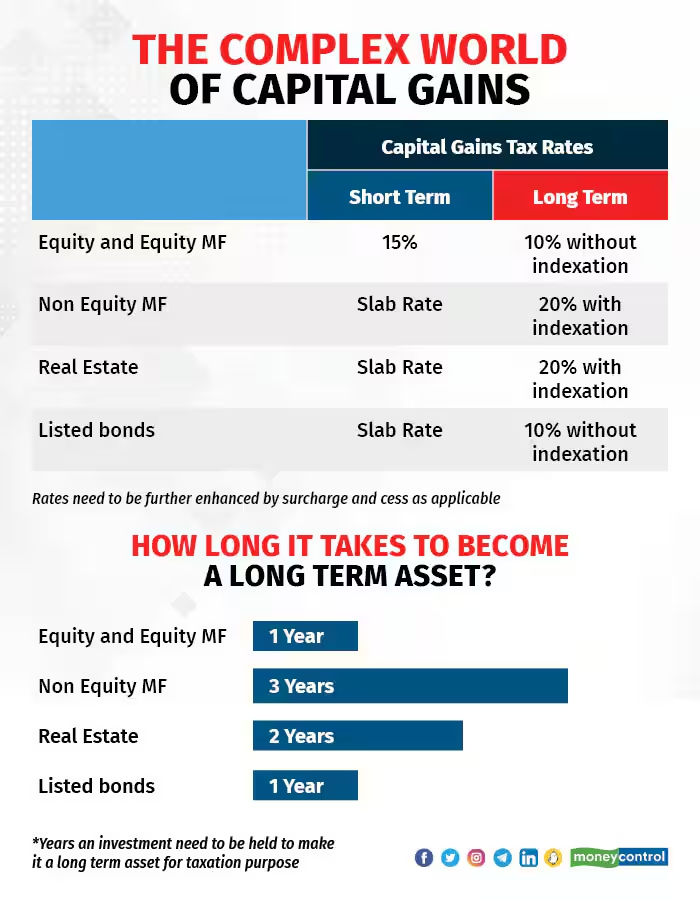
Common Mistakes to Avoid
- Using ITR-1 instead of ITR-2/3
- Skipping manual rebate entry
- Failing to opt into the new regime while planning for Section 87A
- Filing past the deadline and missing eligibility
- Not attaching Form 10IE (required to opt into the new regime)
Expert Tips for Professionals and Tax Planners
If you’re a chartered accountant or financial advisor, this ruling is a key discussion point with clients. Many taxpayers were wrongly advised not to include special-rate income while calculating total income for rebate.
Here’s how you can help:
- Proactively review capital gains schedules for clients
- Recalculate tax liability for AY 2024–25 based on the ruling
- Educate clients on the one-year window and help file rectification under Section 154, if they missed the rebate
- Update internal checklists to ensure compliance with this precedent before it’s nullified next year
Market Data and Supporting Stats
- Over 6.8 crore ITRs were filed in FY 2023–24.
- More than 4 crore taxpayers chose the new tax regime.
- Only 10% of eligible taxpayers claimed the Section 87A rebate on STCG/LTCG, largely due to automated system blocks.
- Around 1.1 crore individuals earned LTCG in FY 2023–24.
- Estimated ₹3,600 crore in total unclaimed rebate opportunity left on the table last year alone.
Wedding Gifts Not Taxable! ITAT Scraps ₹10 Lakh Cash Deposit Addition
Filing ITR This Year? – 4 Key Points Every Salaried Taxpayer Must Remember
ITR 2025 Filing Guide – Why Students and Unemployed Must Not Skip It

